
Bibs, an indispensable part of babies' and toddlers' wardrobes, keep the clothing clean when feeding. The best fabrics for bibs are soft, absorbent types, including terrycloth, flannel and medium to heavy cotton. Fabrics used in bibs need to be easy to wash and dry. Babies aren't the only ones who use bibs, however. When people eat messy food like ribs, they often don a bib to keep their clothes clean and free from tough stains.
Terrycloth
Either knit or woven terrycloth ranks high as a fabric that has excellent qualities when used for bibs. Woven terrycloth has many loops in both sides of the fabric that wick moisture and prevent food spills from soaking into clothing. Knit terrycloth has loops on just the outside is somewhat softer than the woven terrycloth, a consideration for babies whose skin is tender. Velour is similar to terrycloth, except its nap is cut, and when laundered a few times, it makes a good fabric for bibs.
Flannel
Flannel that is 100 percent cotton also makes soft, absorbent bibs and is easy to wash and dry. The nap in flannel catches food spills that rest above the surface of the fabric, so it does a good job at keeping the food from soaking past the nap and through the base fabric. The quality of flannel varies, and the tighter the weave, the more effective flannel is as a bib.
PUL
PUL is the acronym for polyurethane laminate, one of the few synthetic fabrics suitable for bibs. The fabric has a waterproof backing and is soft. Originally developed for use in medical facilities, the fabric is durable and withstands high dryer heat, an important consideration for bibs, since drying them at high temperatures kills some bacteria that can develop from food residues.
Bamboo
Absorbent bamboo is one of the most environmentally friendly bib fabrics. The plant has a lower impact on the environment because it does not require nearly the fertilizers and pesticides that cotton requires. It also grows faster than cotton and has natural antibacterial properties and is hypoallergenic, something to consider if the baby develops a sensitivity to cotton products. Bamboo fabric is becoming more readily available as clothing, but larger stores may not stock it, while stores emphasizing greener and healthier choices for children may include bamboo bibs.
Cotton
One hundred percent cotton, also available as organic, makes a good bib for adults who are less likely to spill than babies and toddlers who tend to be messy eaters. Sloppy meals like tacos filled to the brim or Philly steak sandwiches oozing juice can be challenging to eat without spilling food down the front of your clothes. Using a cotton bib when eating these dishes, especially at home, saves you from having to launder or dry clean your clothes. Keeping a cotton bib in the car also helps save your clothes when eating and traveling.
Related Articles

The Disadvantages of Silk

Care of Mohair Fabric

Microfiber vs. Cotton Clothes
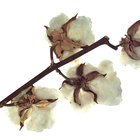
Uses of Cotton Fabric

What Are the Advantages & Disadvantages ...
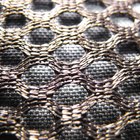
How to Wash Cotton Fabric
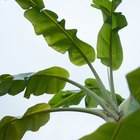
Can You Eat Banana Leaves?

Microfiber vs. Cotton Clothes
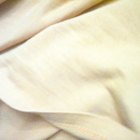
Linens & Their Uses

Winter Clothes Materials

The Advantages of Wool Clothing

What Are the Benefits of Vinyl Fabric?
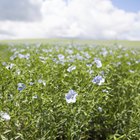
Types of Linen Fabric

The Disadvantages of Wool

How to Use a Steamer on Linen Clothes
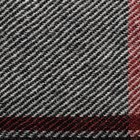
How to Care for Merino Wool

Do Moths Eat Cotton Clothes?
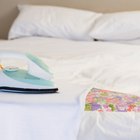
How to Remove Wrinkles From a ...
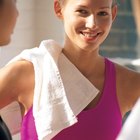
Description and Characteristics of ...
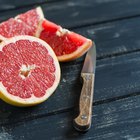
What Are the Benefits of Grapefruit for ...
References
Writer Bio
Jackie Johnson is a published writer and professional blogger, and has a degree in English from Arizona State University. Her background in real estate analysis prepared her for objective thinking, researching and writing.
Photo Credits
Jupiterimages/Goodshoot/Getty Images